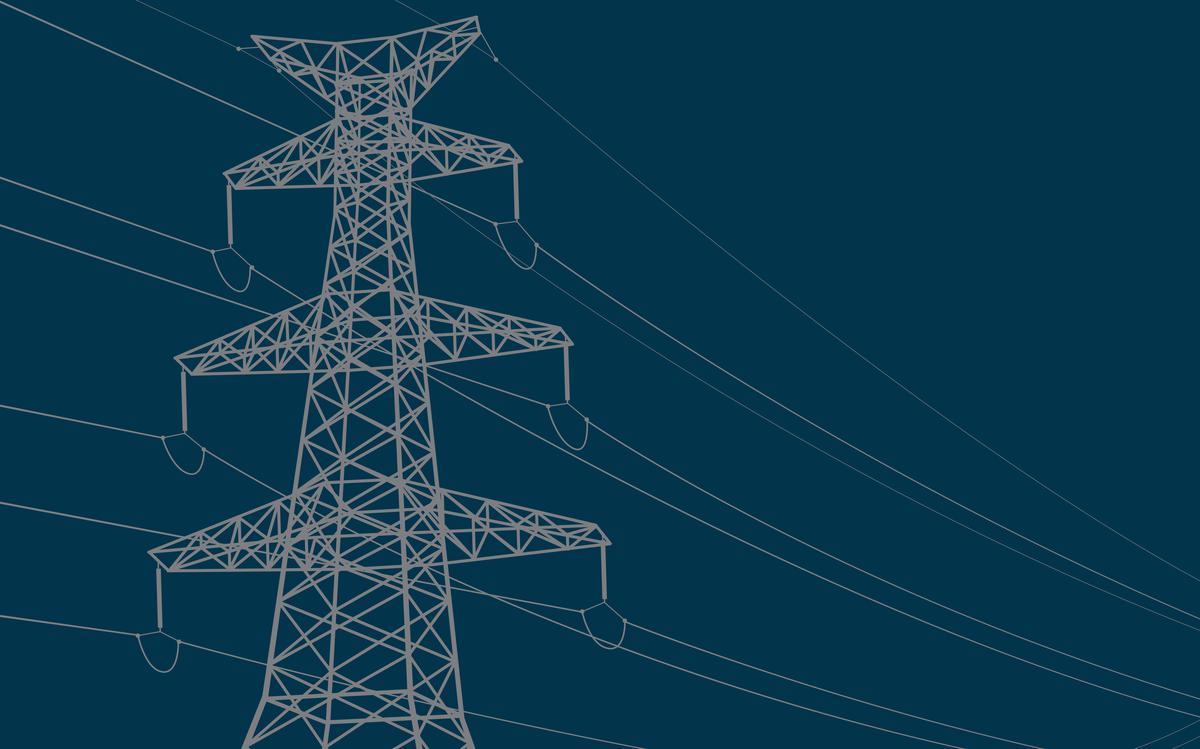Live Classes

While universal coverage can catalyse the region’s economic growth, energy trade must be linked to peace building.
South Asia has almost a fourth of the global population living on 5% of the world’s landmass. Electricity generation in South Asia has risen exponentially, from 340 terawatt hours (TWh) in 1990 to 1,500 TWh in 2015. Bangladesh has achieved 100% electrification recently while Bhutan, the Maldives, and Sri Lanka accomplished this in 2019. For India and Afghanistan, the figures are 94.4% and 97.7%, respectively, while for Pakistan it is 73.91%. Bhutan has the cheapest electricity price in South Asia (U.S.$0.036 per kilowatt hour, or kWh) while India has the highest (U.S.$0.08 per kWh.) The Bangladesh government has significantly revamped power production resulting in power demands from 4,942 kWh in 2009 to 25,514 MW as of 2022. India is trying to make a transition to renewable energy to provide for 40% of total consumption, while Pakistan is still struggling to reduce power shortage negatively impacting its economy. The electricity policies of South Asian countries aim at providing electricity to every household. The objective is to supply reliable and quality electricity in an efficient manner, at reasonable rates and to protect consumer interests. The issues these address include generation, transmission, distribution, rural electrification, research and development, environmental issues, energy conservation and human resource training. Geographical differences between these countries call for a different approach depending on resources. While India relies heavily on coal, accounting for nearly 55% of its electricity production, 99.9% of Nepal’s energy comes from hydropower, 75% of Bangladesh’s power production relies on natural gas, and Sri Lanka leans on oil, spending as much as 6% of its GDP on importing oil.
Download pdf to Read More